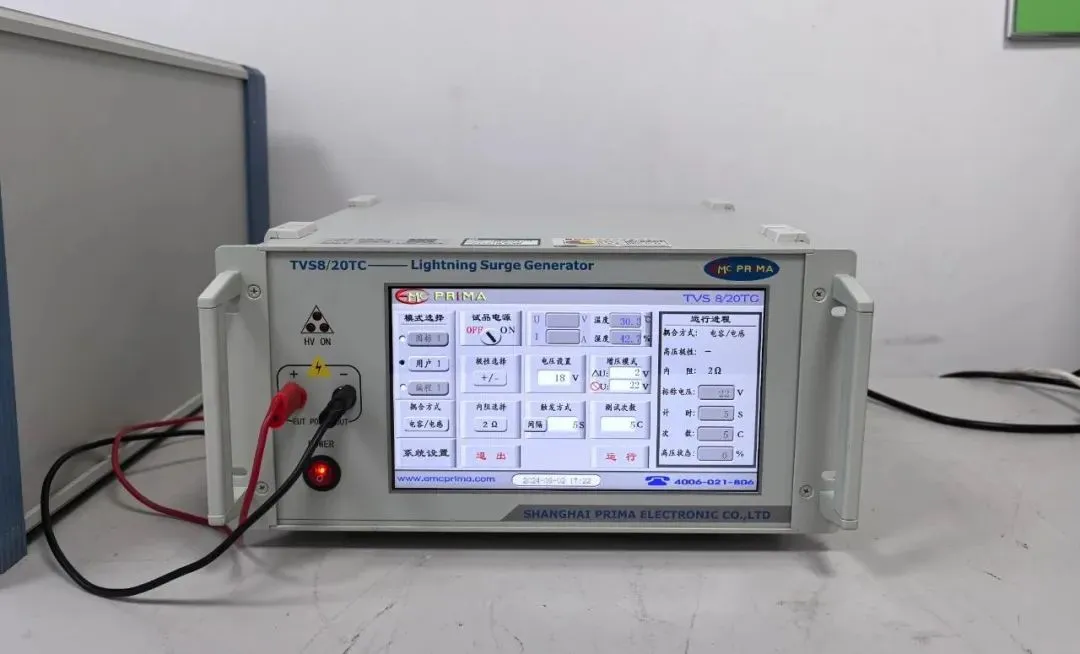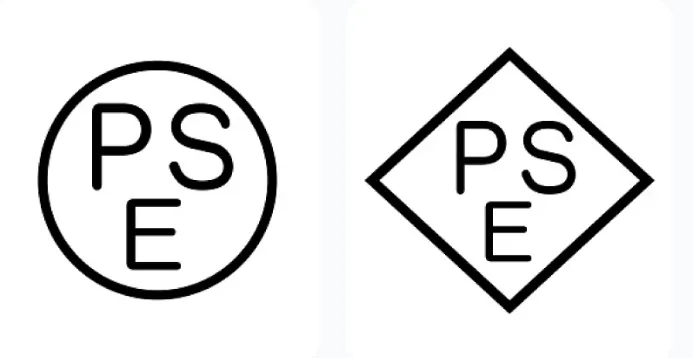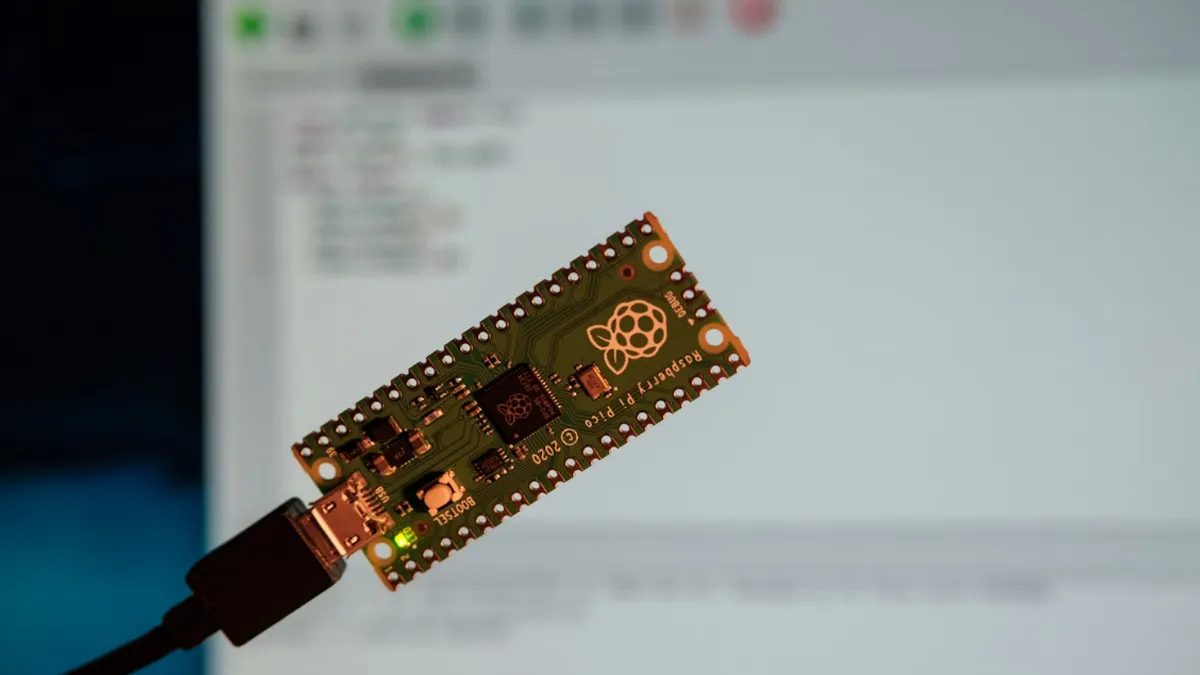
Global PFAS Compliance Requirements
In recent years, legislation and regULation of PFAS have become increasingly strict worldwide. To help relevant companies gain a deeper understanding of the current state and trends of PFAS control in various regions, JJR Laboratory in China has compiled and summarized global PFAS regulatory laws and requirements.

About PFAS
PFAS (Per- and Polyfluoroalkyl Substances) refers to organic compounds containing at least one fully fluorinated carbon atom (i.e., at least one -CF2- or -CF3- group). These compounds provide products with oil-resistant, water-resistant, stain-resistant, cheMICal-resistant, and heat-resistant properties. PFAS are widely used in oil/water/stain-resistant materials, food packaging, cookware, electronic components, lubricants, adhesives, LCD screens, electrical cables, and many other products.
Global PFAS Regulatory Overview
1. China
- Ministry of Ecology and Environment and 10 other ministries' Announcement No.10 of 2019: Starting from March 26, 2019, the production, distribution, use, and import/export of Perfluorooctane Sulfonate (PFOS) and its salts and Perfluorooctane Sulfonyl Fluoride (PFOSF) are prohibited except for acceptable uses, including photo imaging, semiconductor manufacturing, aviation hydraulic oil, fire-fighting foam, etc.
- 2023 New Pollutants Control List: Starting from March 1, 2023, the production, processing, and use of PFOS, PFOA, and PFHxS and their related compounds are banned, with some exceptions in semiconductor manufacturing.
2. Japan
- Chemical Substances Control Law (CSCL): The production or import of products containing PFOA, PFOS, and PFHxS is prohibited unless a license is obtained. This applies to paper, textiles, paints, and many other products.
3. Australia
- Industrial Chemicals Environmental Management Instrument 2022: Restrictions on PFHxS, PFOS, and PFOA in fire-fighting foam and textiles, with specific limits such as 0.025 mg/kg.
4. New Zealand
- Hazardous Substances and New Organisms Act 1996: Prohibits the production and use of substances containing PFOA, PFHxS, PFOS, and related compounds.
5. Canada
- SOR/2012-285: Bans products containing PFOS, PFOA, C9-C21 perfluorocarboxylic acids (PFCA), and their salts.
6. European Union
- POPs (EU) 2019/1021: Implements strict limits on PFOA, PFOS, PFHxS, and related substances, applicable to textiles, coatings, and more.
7. United States
- TPCH Model Legislation on Toxic Substances in Packaging: From February 16, 2021, packaging and packaging components must not contain PFAS.
- Connecticut Substitute Senate Bill No. 837 Public Act No. 21-191: From December 31, 2023, the production and sale of food packaging containing intentionally added PFAS are prohibited.
- Minnesota HF 2310 Bill: From 2025, the sale of products containing PFAS, such as carpets, cleaning products, cookware, cosmetics, and more, is prohibited. Starting from 2032, any product containing PFAS will be banned unless its use is deemed unavoidable.
Further regulatory details have been omitted but can be provided upon request.
JJR Laboratory in China offers a wide range of restricted substance testing services, including GB VOCs, RoHS, REACH, POPs, California Proposition 65, and more.
Email:hello@jjrlab.com
Write your message here and send it to us
 What is Amazon California Proposition 65?
What is Amazon California Proposition 65?
 New METI Registration Regulations in Japan
New METI Registration Regulations in Japan
 Attention for Amazon Japan Sellers: New PSE Regula
Attention for Amazon Japan Sellers: New PSE Regula
 Compliance with Japanese Representative & METI
Compliance with Japanese Representative & METI
 ZigBee-LoRa-Z-Wave Product compliance testing
ZigBee-LoRa-Z-Wave Product compliance testing
 Compliance Testing for FM/AM/DAB/DMB Broadcast Rec
Compliance Testing for FM/AM/DAB/DMB Broadcast Rec
 NFC/RFID Product Compliance Testing
NFC/RFID Product Compliance Testing
 IEC 62368 Safety Standards Test Items and Requirem
IEC 62368 Safety Standards Test Items and Requirem
Leave us a message
24-hour online customer service at any time to respond, so that you worry!




